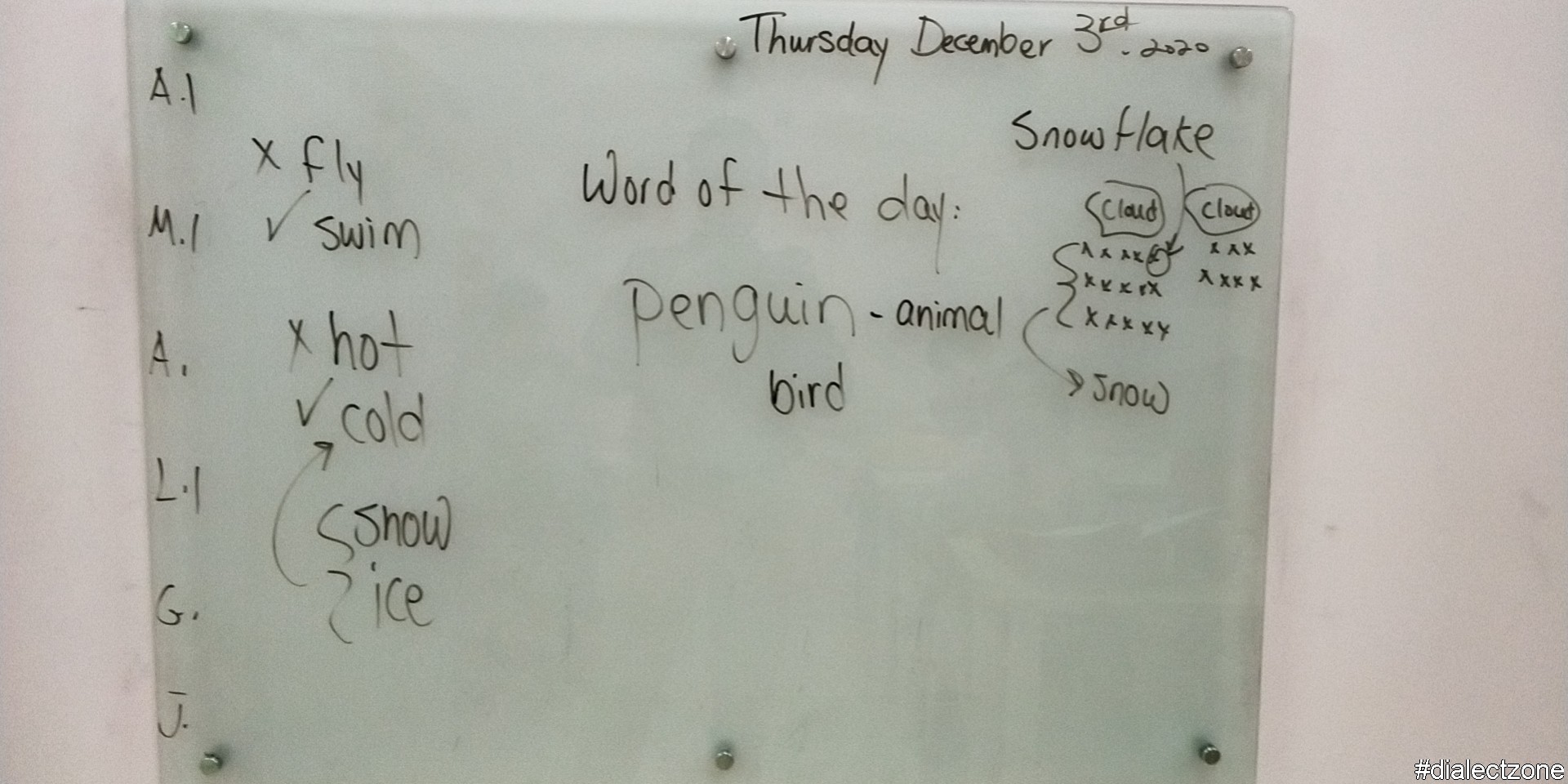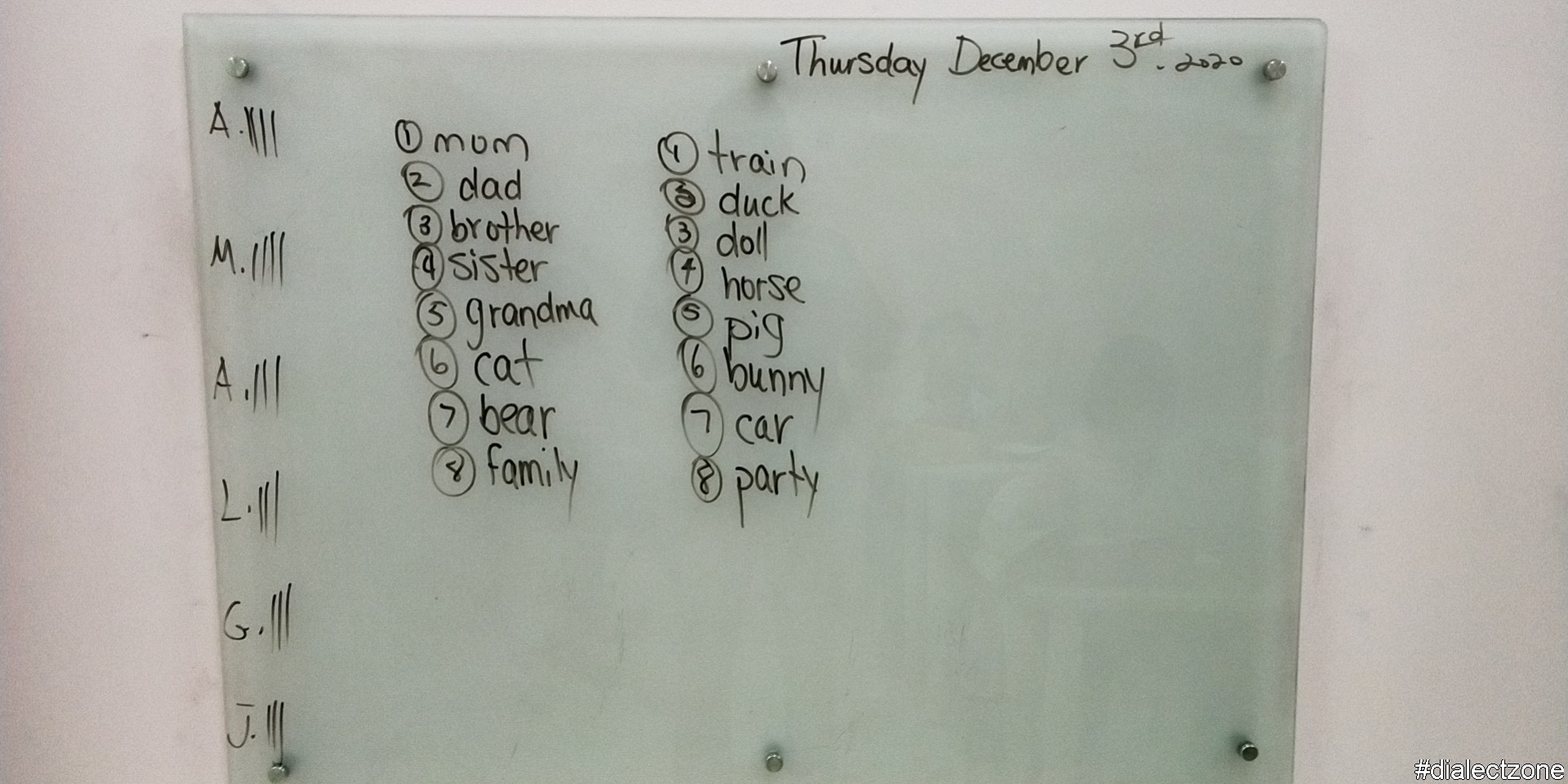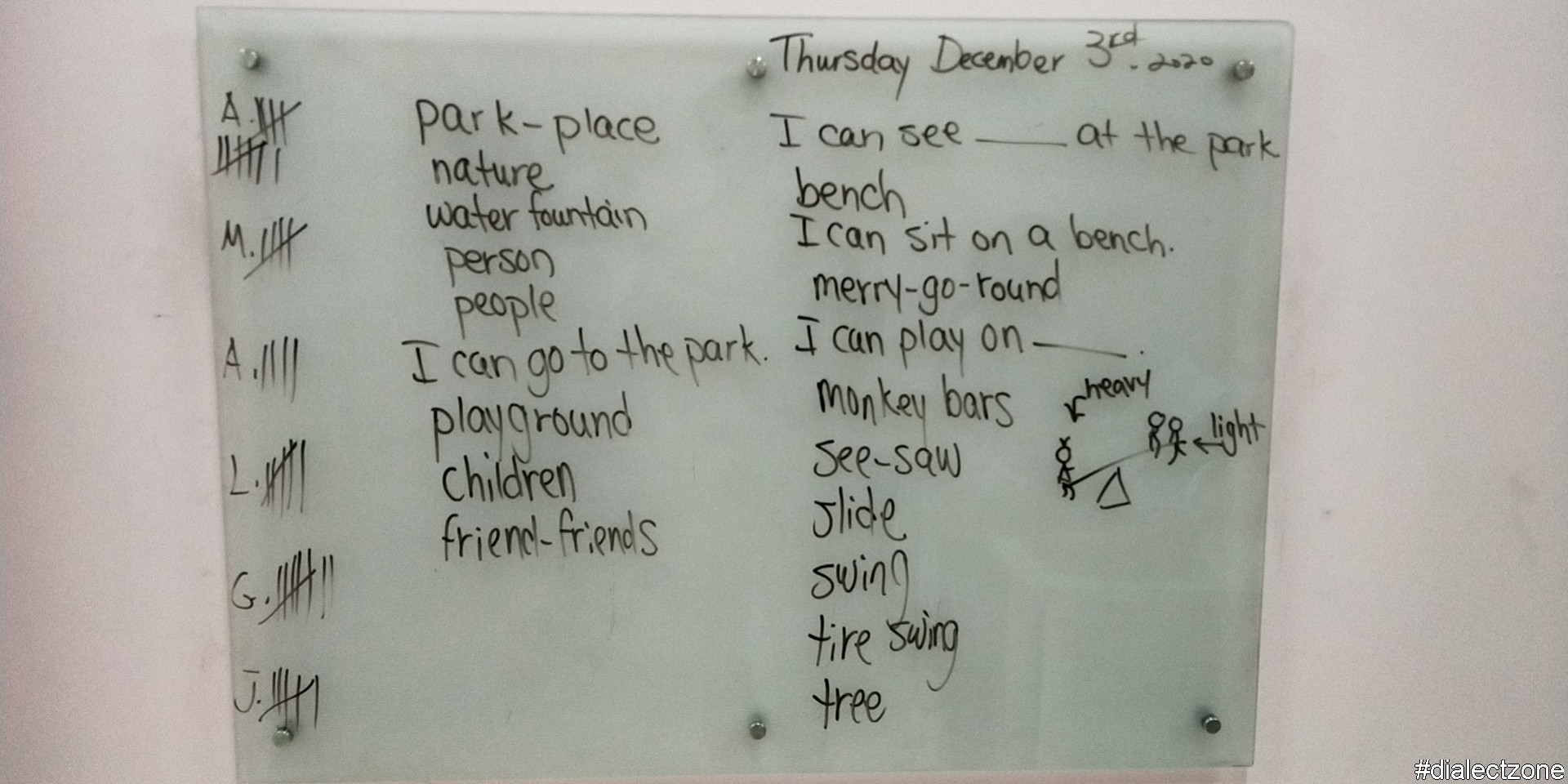
Word of the day: Penguin – pen·guin – [peng-gwin, pen-] – /ˈpɛŋ gwɪn, ˈpɛn-/
Park – park – [pahrk] – /pɑrk/
Playground – play•ground – [pley-ground] – /ˈpleɪˌgraʊnd/
Friends – friend – [frend] – /frɛnd/
Bench – bench – [bench] – /bɛntʃ/
Merry go-round
Monkey Bars – [plural noun – jungle gym]
See Saw – see•saw – [see-saw] – /ˈsiˌsɔ/
Slide – slide – [slahyd] – /slaɪd/
Swing – swing – [swing] – /swɪŋ/
Tire Swing
Tree – tree – [tree] – /tri/
Sentence structure:
I can go to the park.
I play on ……
I sit on the ……
I like ……….
I can see …….
Swing
A swing consists of a seat that is attached by a chain or thick rope to a sturdy, stationary structure such as a metal frame or a tree branch. The seat can be just a strip of material to sit on, a proper chair, or even a tire.
Slide
A slide consists of a length of plastic or metal wide enough for a child to pass through without touching the sides, placed at an angle to the ground so that one end is raised higher than the other. A child enters from the raised end, sits, and slides down. A set of stairs is usually provided so the child can climb up to the higher end of the slide. A slide can be straight or curved.
See Saw
A see saw, also known as a teeter totter, is made up of a long piece or plastic or metal wide enough for a child to sit on but narrow enough to straddle. It is supported by a pole at the middle of the structure. Two children sit at one end each and take turns going up and down.
Merry-Go-Round
A merry-go-round or a whirl is a round structure that can fit about five children. The merry-go-round spins on its central pivot while the children ride on it.
Monkey Bars
A monkey bars or climber is a structure that children can climb on, and may come in the form of a ladder or a wall with handles and steps. This structure helps children develop balance, fitness, and strength.
A park is an area of natural, semi-natural or planted space set aside for human enjoyment and recreation or for the protection of wildlife or natural habitats. Urban parks are green spaces set aside for recreation inside towns and cities. National parks and country parks are green spaces used for recreation in the countryside. State parks and provincial parks are administered by sub-national government states and agencies. Parks may consist of grassy areas, rocks, soil and trees, but may also contain buildings and other artifacts such as monuments, fountains or playground structures. Many parks have fields for playing sports such as baseball and football, and paved areas for games such as basketball. Many parks have trails for walking, biking and other activities. Some parks are built adjacent to bodies of water or watercourses and may comprise a beach or boat dock area. Urban parks often have benches for sitting and may contain picnic tables and barbecue grills.
The largest parks can be vast natural areas of hundreds of thousands of square kilometers (or square miles), with abundant wildlife and natural features such as mountains and rivers. In many large parks, camping in tents is allowed with a permit. Many natural parks are protected by law, and users may have to follow restrictions (e.g. rules against open fires or bringing in glass bottles). Large national and sub-national parks are typically overseen by a park ranger. Large parks may have areas for canoeing and hiking in the warmer months and, in some northern hemisphere countries, cross-country skiing and snowshoeing in colder months. There are also amusement parks which have live shows, fairground rides, refreshments, and games of chance or skill.


